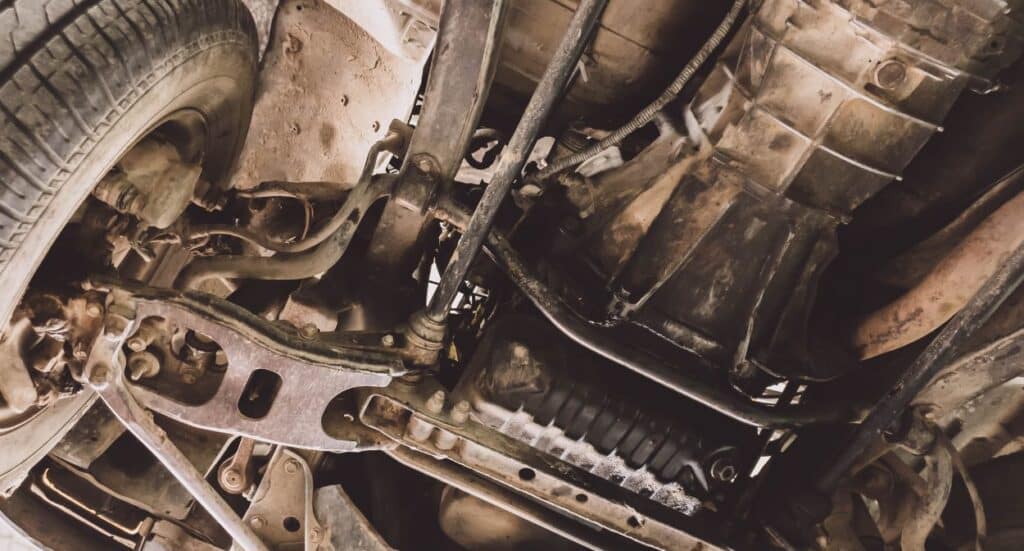Lifting your vehicle is a popular modification among off-roaders, enhancing both the aesthetic appeal and the performance of your ride. Whether you’re an avid off-road enthusiast or simply want to give your vehicle a more robust look, this guide will walk you through the essential considerations when lifting your vehicle.
Why Lift Your Vehicle?

Lifting your vehicle is not merely a cosmetic upgrade. It significantly improves your vehicle’s off-road capabilities by providing additional clearance for larger tires and wheels. This increased clearance helps prevent damage to the undercarriage when navigating rough terrains.
The Art of Lifting: More Than Just Suspension

While a new suspension system is a significant part of the lifting process, it’s not the only aspect to consider. There are numerous smaller details that, if overlooked, can lead to underperformance or even safety risks. Here are the top ten elements you should pay attention to when lifting your vehicle.
1. Suspension System
The suspension system is the heart of your vehicle’s lift. It provides the necessary clearance for larger tires and wheels, enhancing your vehicle’s off-road capabilities. However, it’s essential to choose a system that’s compatible with your vehicle and meets your specific off-roading needs.
2. Tires and Wheels
Bigger tires and wheels are a must when lifting your vehicle. They not only enhance your vehicle’s look but also improve its off-road performance. Remember to choose tires and wheels that are compatible with your new suspension system and can withstand the rigors of off-roading.
3. Brake Lines
When lifting your vehicle, the stock brake lines may not be long enough to accommodate the increased height. Therefore, it’s crucial to install extended brake lines to ensure your vehicle’s braking system functions correctly.
4. Driveshaft
A lifted vehicle may require a longer driveshaft or an adjustable one to accommodate the increased distance between the transmission and the axle. Ignoring this aspect can lead to drivetrain issues.
5. Steering Geometry
Lifting your vehicle can alter its steering geometry, affecting its handling characteristics. It’s essential to adjust the steering components to maintain proper alignment and ensure safe and smooth handling.
6. Shocks and Struts
Upgrading your shocks and struts is crucial when lifting your vehicle. High-quality shocks and struts will absorb the impact of off-road driving, providing a smoother ride and preventing damage to your vehicle’s suspension components.
7. Axle Strength
The increased weight and size of larger tires can put additional strain on your axles. Consider upgrading your axles to handle this extra load and prevent potential axle failure.
8. Gear Ratio
Larger tires can affect your vehicle’s gear ratio, leading to decreased performance and fuel efficiency. It’s advisable to re-gear your vehicle to compensate for the larger tires and maintain optimal performance.
9. Body Lift
In addition to a suspension lift, a body lift can provide extra clearance for larger tires. However, it’s important to note that a body lift does not improve off-road performance and should be used in conjunction with a suspension lift.
10. Legal Considerations
Before lifting your vehicle, it’s important to check local laws and regulations regarding vehicle height. Some jurisdictions have restrictions on how much you can lift your vehicle.
Conclusion
Lifting your vehicle is a significant modification that requires careful consideration and planning. By paying attention to these ten aspects, you can ensure a successful lift that enhances your vehicle’s aesthetics and off-road performance.

